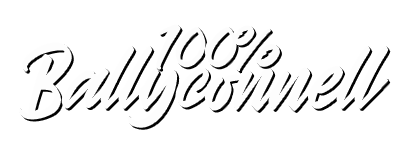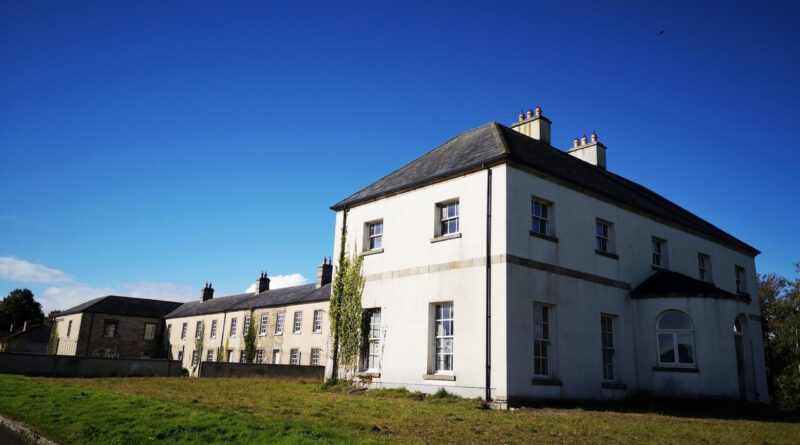Ballyconnell House & Estate
Ballyconnell estate consisted of 1500 acres – about one-fifth of the total parish of Tomregan. The original building on the estate was 100feet square and 12 feet high with two flanking towers. It stood on a strategic site overlooking the town well adapted for the defence of the surrounding countryside. The town of Bally connell had its origin in this English settlement.

Before the Plantation of Ulster, lands north of the Woodford River at Ballyconnell had been purchased by the O’Reilly Clan from the Magauran Clan. These lands were confiscated and granted to Walter Talbot and Captain Hugh Culme.
nell had been purchased by the O’Reilly Clan from the Magauran Clan. These lands were confiscated and granted to Walter Talbot and Captain Hugh Culme. Captain Culme abandoned Ballyconnell after a time leaving Walter Talbot as sole owner.
Walter Talbot died in 1625 and was succeeded by his son, James. In 1665 James Talbot and his wife Helen were transplanted to Connacht and given 2455 acres in lieu of their Ballyconnell estate.
Under the Act of Settlement in 1666, Thomas Gwyllym was given the lands. He was a Cromwellian officer who died around 1680.None of his three children had heirs and this may explain why the estate passed into new ownership after the death of Margery-widow of Meridith who was the eldest son of Thomas Gwyl lym.
At some point between 1675 and 1767 the next owner of Ballyconnell Estate then known as Gwyllymbrooke – was Colonel George Montgomery. By now the estate consisted of 2257 acres and the Montgomery family added to that so that in 1880 they owned about 4700 acres.
It was the Montgomery family who built Ballyconnell House in the Woodford River demesne near the site of the Ballyconnell castle which had been destroyed by fire a short time previously. George Montgomery also had erected the Church of Ireland building at his own expense in 1756. His only son. George, was a “ward of lunacy so the estate was administered by the Court of Chancery until 1856.
Griffith’s Valuation of 1856/57 shows that Earl Annesley purchased most of the estate. However, George Roe M.D. purchased Ballyconnell House and demesne. flour and corn mills as well as five houses in the town. He died in 1858 and his son and heir Samuel Black Roe died in 1912.By Deed of Conveyance the proper ty was sold to William Albert Edgeworth in 1929 who was succeeded by his son Albert Patrick Edgeworth. The property was later sold and the house remained empty for many years. Recently, the house and the remaining fifteen acres have been purchased for housing development.



